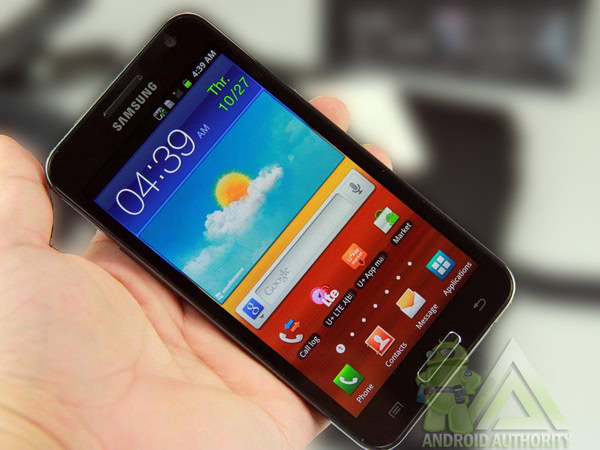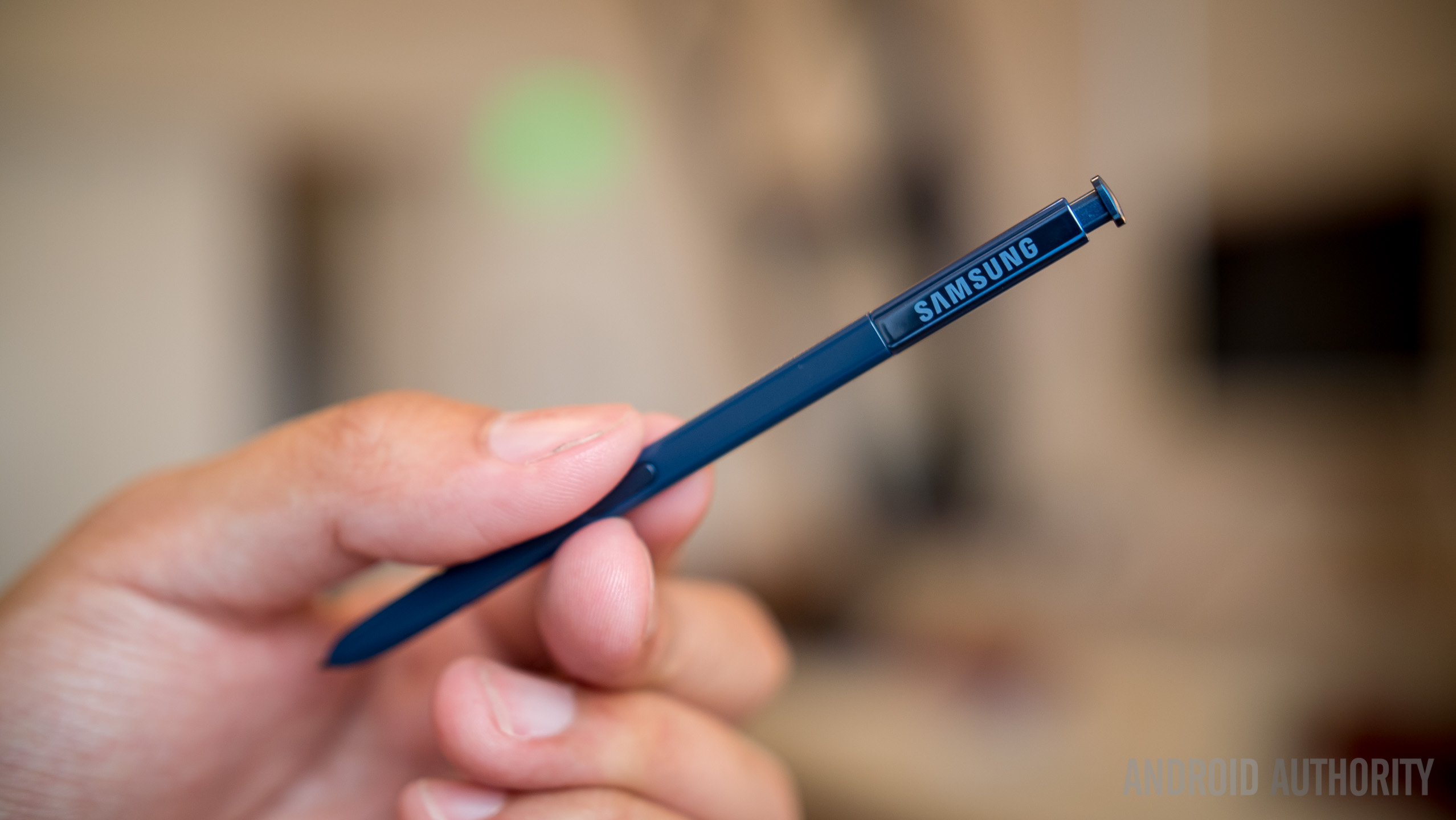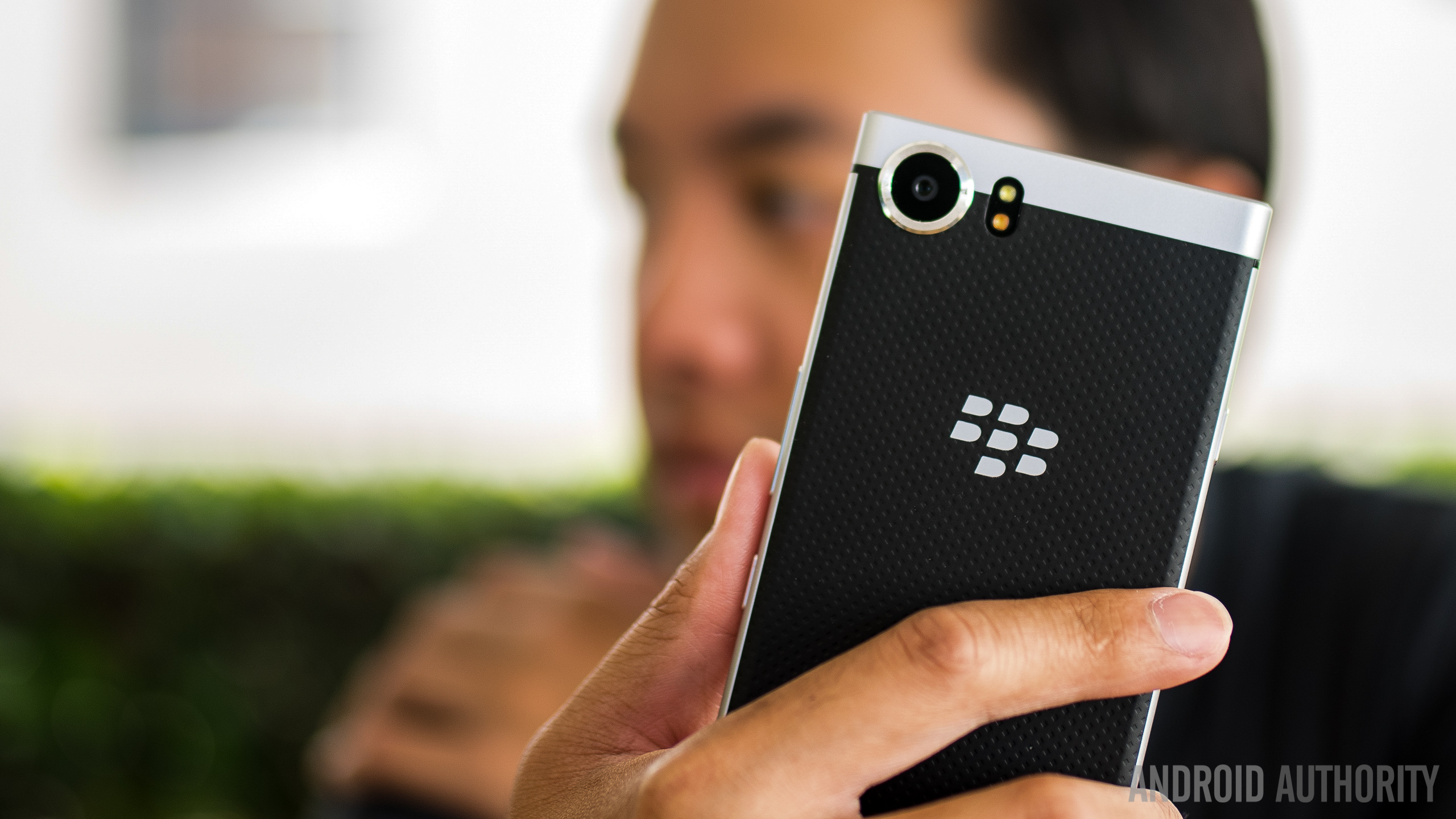
A great phone, but probably too big. That was pretty much what the press thought when Samsung unveiled the Galaxy Note at IFA Berlin in 2011. The phone had all the tech you could want, but there was real concern people wouldn’t want to walk down the street talking into such a large phone.
How wrong we were.
Many were happy to use a larger device, and the way smartphones have developed since suggests they actually preferred it. As well as selling a ton of units, the Galaxy Note completely changed the smartphone landscape.
The Galaxy Note isn’t the only influential Android smartphone, but it may be the most influential one. It’s the only one to almost single-handedly usher in a new product category — one all the main manufacturers, including Apple, would soon be clamoring to release products in.
See also: Best phablets of 2018: Which ones made our list?
What was the Galaxy Note up against?
Back in 2011, the smartphone market was growing fast and plenty of excellent phones launched. The iPhone 4S with its 3.5-inch display was a huge hit, as was Samsung’s main flagship, the 4.3-inch Galaxy S2. Other competitors included the Motorola Droid Bionic with its 4.3-inch display and the HTC Evo 4G with a 4.3-inch display.

Samsung released the Galaxy S2 just months before the Galaxy Note.
None of these smartphones were like the Samsung Galaxy Note. They could compete with its specs, but the Note’s display was simply on another level. This was a gamble for Samsung. It’s easy to look back at the reaction to the phone and mock those who said it wouldn’t be a success, but at the time you’d definitely get a few funny looks using a Galaxy Note in public.
Not the first phablet
The Galaxy Note was not the first phablet, and the fate of the Galaxy Note’s predecessors showed its success was by no means guaranteed.
The HTC Advantage was arguably the first phablet — a Windows Mobile smartphone with a 5-inch screen. While the screen was big, technology hadn’t advanced enough to make the phone small enough to be particularly portable — it weighed almost a pound — and the trend didn’t catch on. The Dell Streak was launched around a year before the Note but a poor user experience held it back.

These early phablets showed simply having a large screen was not enough to succeed. Samsung had to ensure the Galaxy Note provided a great user experience while staying small enough to be truly portable.
Samsung’s Galaxy S series was already a huge success, proving the company could produce excellent high-end phones. It simply needed to transfer this knowledge to a device with a bigger screen.
Samsung Galaxy Note: A reminder
The Samsung Galaxy Note’s specs were equal to or better than most of the competition. It came with a 1.4GHz dual-core processor, an 8MP rear camera, 2MP megapixel front camera, 1GB RAM, and 16GB or 32GB of storage. As well as being big, the screen used Samsung’s Super AMOLED HD technology with a 1,280 x 800 resolution, making it arguably the best display on the market at the time.
At less than one centimeter thick and only 178 grams, it was also surprisingly portable. The Note had a sleek design similar to the Galaxy S2, so it was familiar to consumers, too.
Related: What we thought of the Galaxy Note back in 2011
The phone’s other trick was its stylus. At the time, Steve Jobs had made styluses probably the most unfashionable accessory in tech after repeatedly questioning their necessity.
Despite this, in commercials for the Galaxy Note, Samsung placed the S-Pen front and center. Samsung clearly thought the included stylus could help differentiate the device and position it as more productive than the competition.
Samsung put a lot of effort into making the S-Pen more than a simple pointer. It could capture screenshots, perform gestures, and launch the phone’s note-taking software. No matter what Steve Jobs said, these tasks were easier with the S-Pen than a finger.
Styluses never particularly took off on smartphones outside of the Note line, but they are in the midst of a slight renaissance on tablets and PCs with accessories like the Apple Pencil, the Surface Pen, and Samsung’s larger S-Pen.
The Galaxy Note was a huge hit
While the Galaxy Note was a productivity powerhouse, it was also very appealing to regular users. The large, high-resolution screen meant browsing the web, looking at photos, and watching movies was a fantastic experience on the Note.
The phone recorded impressive sales. Samsung reportedly sold one million Note devices in the two months post-release. By August 2012, nine months after release, the company said it had sold 10 million units. After that, there was no way Samsung — or its competitors — could ignore this new product category.
Aftermath
It didn’t take long for other manufacturers to release phablets of their own. LG and Panasonic were among the first, and HTC followed soon after. Perhaps the biggest acknowledgment of how influential the Note had been came in 2014 when Apple announced its first ever phablet, the iPhone 6 Plus.
Nowadays you just have to look at the smartphone market to see the Note’s influence. Pretty much all smartphone manufacturers make plus-sized flagships. Most regular flagships these days would have been considered phablets in 2011. The Galaxy S9’s screen is 0.5-inch bigger than the the original Note. Even phones marketed as smaller, such as the Sony Xperia XZ2 Compact, would’ve been considered phablets back in 2011.

With the Galaxy Note, Samsung had a product miles ahead of the competition. Ultimately, it changed the shape of the smartphone market in a way no other Android phone has done before or since.
Next up: Samsung Galaxy Note 9 review: In praise of incrementalism
from Android Authority https://ift.tt/2N96Zat



No comments:
Post a Comment